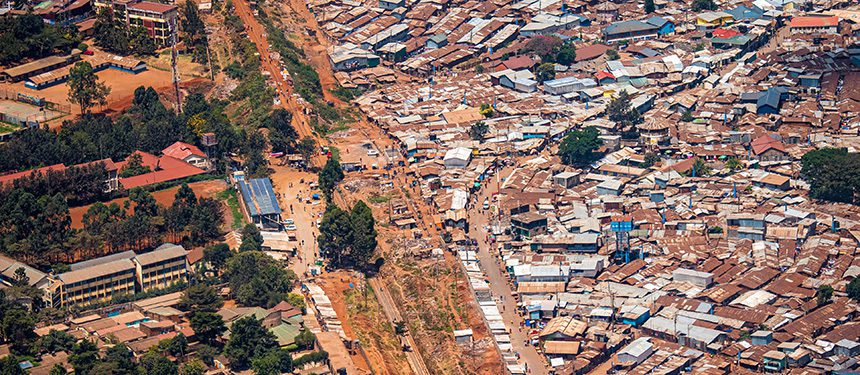What's happening: Protests across Kenya

Sustained large-scale anti-government protests have taken place across many urban centres in Kenya since 18 June, including Nairobi, Mombasa, Eldoret and Kisumu.
The protests have regularly resulted in unrest and clashes with the security forces, with at least 39 deaths and 361 injuries reported. While the protests started against the Finance Bill 2024, they have taken a generally anti-government stance since President William Ruto withdrew the bill on 26 June.
Further protests highly likely
Activists on social media have continued to call for protests and Ruto’s resignation. Demonstrations are occurring on a nearly daily basis, with large-scale rallies taking place on Tuesdays and Thursdays. Further protests are highly likely in the coming 2-3 weeks. Any such protests will likely be forcibly dispersed by the security forces, which includes both the Kenyan police and the Kenyan Defence Force (KDF). The police forcibly removed demonstrators attempting to break into Parliament on 25 June, using live fire, tear gas and water cannons. Any government attempt to resurrect the Finance Bill 2024 or the associated enactment of austerity measures in the coming weeks will likely be a trigger for further protest action.
Advice for organisations operating in-country
- Closely monitor developments in the coming days to remain apprised of any further protests. Utilise a range of sources including multi-source intelligence advisories such as Healix Sentinel alerts, consular messages and local media to ensure accuracy of information and advice.
- All protests should be strictly avoided due to the heightened risks of clashes with the security forces. Leave an area at the first sign of unrest or of a crowd forming. In the event of unrest, move to a secure location such as a hotel or office and stay there until the situation stabilises.
- Where possible, plan routes and operations to avoid known protest flashpoints such as government and political party offices, particularly the Parliament and State House.
- Ensure routes are clear prior to setting out and maintain flexible itineraries. Allow additional time for ground moves. Do not attempt to drive through any erected barricades or crowds and seek alternative routes.
- On days when protests are planned, any operationally critical road moves should be planned to occur as early as possible and conclude before 10h00. Where this is not possible, remain in a secure location (secure office or hotel) until one hour after crowds disperse.
- Anticipate heightened security throughout Nairobi, including additional security checkpoints and road closures. Follow all official directives and carry relevant identification documents to ease passage through checkpoints.
- Ensure you know how and whom to contact in the event of an escalation. Reconfirm that emergency communications protocols are viable. Ensure communications continuity planning is in place for potential communications restrictions, including to internet and mobile network services.
- Ensure you have access to secure accommodation, power, communications, fuel, food, water, medication and other goods to be able to shelter in place for up to 48 hours in the event of a serious escalation in unrest.
Healix can provide GSOC clients with real-time alerts and security assistance in Kenya. Contact enquiries@healix.com for more information.


